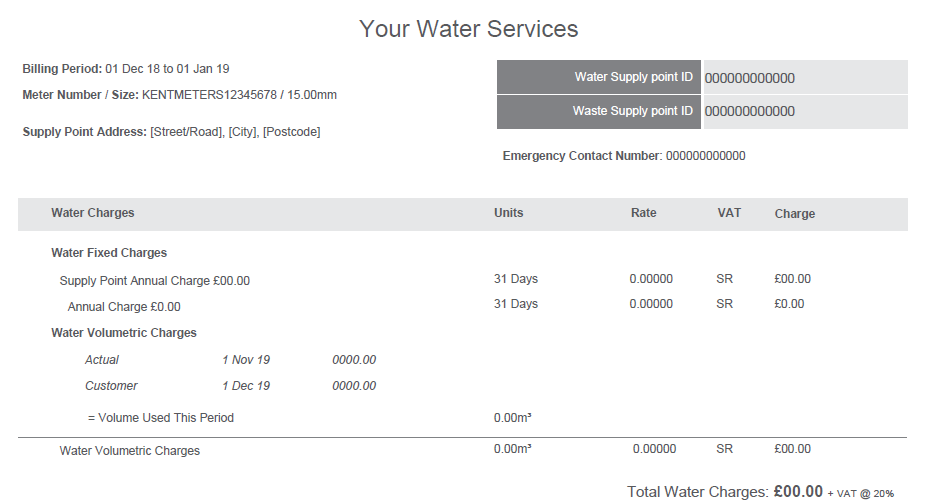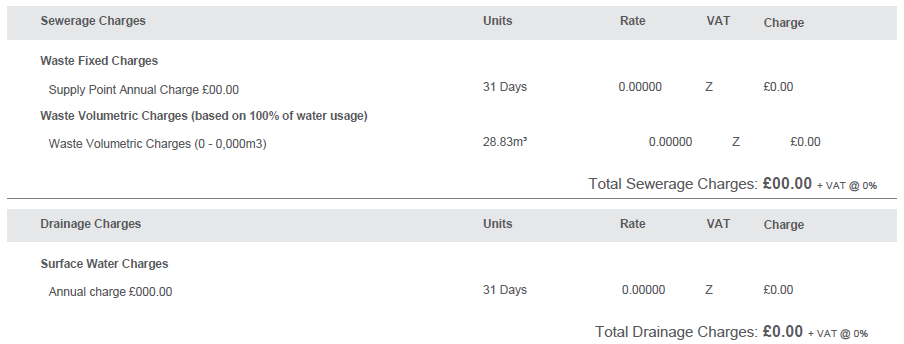Broadband: Google’s common questions answered
Broadband is an essential service that has become part of everyday home and business life. It’s easy to forget that around 20 years ago few people had access to the internet, as it is embedded in so much of what we do. The arrival of Broadband changed how we communicate with each other and has improved how small businesses operate.
But where did Broadband come from? And have you got the best Broadband service for your business? These are frequent questions asked of Google that we’ve got the answers for along with some others.
When was Broadband invented?
The internet was first introduced in the 90s through dial-up. This connection literally dialled in to a phone-line connection to allow users to access the internet and offered best speeds of up to 56Kbps. (As a comparison, our Fibre Broadband offers speeds of up to 76Mbps which is 76000Mbps[1]. More on speed measurement below). Internet users could mainly only access text with this type of connection or had to wait hours for a download. Dial up also meant you had to choose between using your phone line and the internet.
Broadband was introduced in 2000 and not only allowed one line to be split into a phone line and internet service, it also gave a much faster connection which revolutionised the use of the internet. With current speeds of up to 17Mbps with ADSL[1], there’s no more waiting for downloads. Users can watch videos, listen to music, send emails and much more with ease.
How is Broadband speed measured?
Broadband speed is measured in Megabits per second (Mbps) which essentially is the rate at which data is transferred via download or upload. The more Mbps you have, the faster your internet.
Users usually measure their Broadband speed from a speed test website, though this isn’t always a true reflection of the speed reaching your premises. As a provider, we measure our customer’s network speeds directly from the router as it cuts out any interference that might cause you to lose speed. If the speed at the source(/router) is as expected, it’s likely to be the environment that is affecting your speed. (See ‘Why does broadband speed fluctuate’ for ways to fix this.)
What Broadband do I need?
There are two main types of Broadband that are available from most providers: ADSL and Fibre.
ADSL Broadband runs through copper wires on the existing Openreach network. As most homes and businesses are already connected to this network it is a popular service as it is easy to switch to. This service is suitable for customers looking to use the internet for activities such as general browsing, using social media, file downloading and sending emails.
Fibre Broadband runs through the fibre optic cables that were installed in the 1980s. Our Fibre service also runs off the Openreach network. As these are newer cables, they can offer a faster connection with download speeds of up to 76Mbps. If your business relies on Broadband every day or if you’re looking to do things such as upload high-resolution photos and stream HD videos, Fibre could be the best choice for you – especially if your customers are using your WiFi too.
kinex offers Unlimited packages for both ADSL and Fibre Broadband packages.[2.]
Are Broadband and WiFi the same thing?
In a word, no.
Broadband is the connection from the socket to the network which allows you to connect to the internet. You can use Broadband directly to connect to one static computer if you wish.
Wifi is the next stage of the connection, taking it from the socket to a device or multiple devices via a router. A WiFi network uses radio waves to transmit and receive information across a network in the same way mobile phones, televisions and radios do.
Why does Broadband speed fluctuate?
With most Broadband connections, the speed you receive at the socket should be fairly static and you shouldn’t notice any difference.
If you feel that your Broadband speed is fluctuating, it is more likely to be due to your WiFi service and the environment.
Things that can affect WiFi signal include:
Physical environment – Your WiFi signal may struggle to get through physical barriers, especially through materials such as concrete and metal which your internal walls are likely to be made from. The more obstructions that your signal has to pass through will make it weaker.
Router position – The general rule is that the higher up you can place your router, the better. This prevents the radio waves from being blocked by the floor. If you have your router far away from your devices this can also weaken the signal.
Other networks and electronics – Other Wifi networks (such as your neighbours’) can cause interference with your own along with other devices including baby monitors, speakers and microwaves. To combat this, you might want to upgrade to a dual-band router.
Number of devices – The more devices you have connected to a network, the more bandwith they use. Are there any devices that do not need to be on the WiFi that you could turn off?
So, think carefully about the position of your router, whether you’ve got the right router for you and whether all those devices need to be using the WiFi. A few simple changes could make all the difference.
Can I get Broadband without a landline?
You can use your mobile data as Broadband which is known as 4G Broadband. There are devices available that pick up your 4G signal and distribute it as a WiFi network.
This is not as reliable as a fixed line as the signal has to get through your building to your 4G mobile router to get to the end user. Whilst this does give you the flexibility of having broadband without having a landline or paying line rental, it can work out as much more expensive.
Will Broadband work without a microfilter?
If your master socket has two sockets, you do not need a microfilter at all as you have one socket for your Broadband signal and one for your voice signal.
If your master socket only has one socket, your Broadband service will work without a microfilter, but it has its drawbacks. A microfilter is needed so that you can use your Phone Line and Broadband service at the same time. The microfilter splits any telephone calls from the data signal for the Broadband so there’s no interference. If your microfilter wears out, you can use Broadband directly from the socket but this does mean you’ll have to sacrifice your phone line in most cases.
What is Fibre?
Fibre is an alternative Broadband service available from most suppliers (including us!) which offers faster speeds because it is built on fibre optic cables rather than copper wires used by traditional ADSL Broadband. Our Fibre service can offer download speeds of up to 76Mbps rather than 17Mbps from ADSL.[1]
Though Fibre is often used by large businesses, Fibre can also be beneficial for the small business owner who relies on the internet to operate many devices such as a PDQ machine, computer, alarm systems and CCTV cameras.
Where will I find my Wifi credentials?
The WiFi name and password will usually be found on the base of your router. You’ll also tend to get a credit card shaped card in with your pack – keep this safe!
In most cases you will see the following terminology:
SSID: This is the name of your WiFi network.
Passkey/Password: Is the password you and your colleagues will need to join the network.
Looking to switch to Broadband provider who knows their stuff? Get in touch today.
The legal stuff
[1] Based on 10% of our customers on the network achieving this speed or faster. The actual speed you will receive is subject to line distance from the principal connection point to your premises and line quality. Speeds vary significantly by location. External factors e.g. internet congestion and premises wiring also significantly affect speed. Fibre is subject to exchange availability.
[2] kinex operates a fair usage policy for its Unlimited Broadband and Absolute Fibre. You will incur no additional charge or suspension of service as a consequence of exceeding any usage threshold. If kinex believe that your use of the service is adversely affecting the network (or any part of it) or other customers, then kinex may moderately regulate your usage.

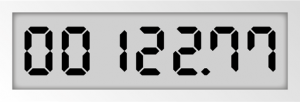
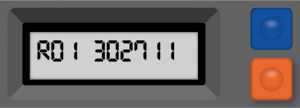

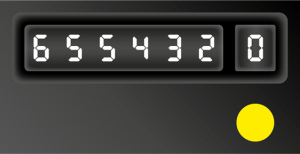
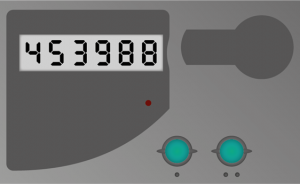
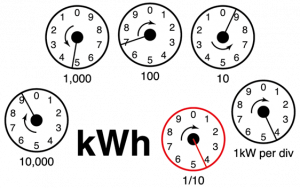
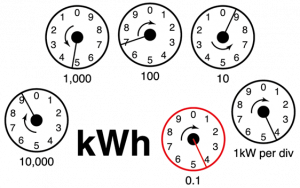
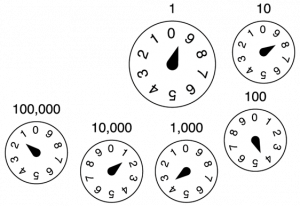

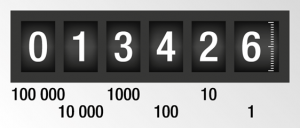


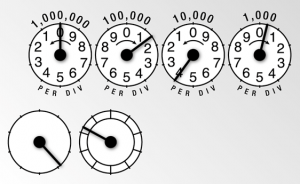
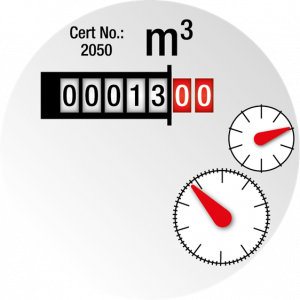

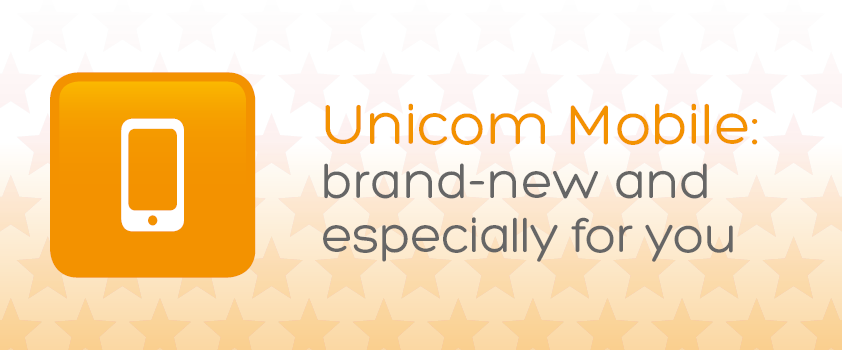
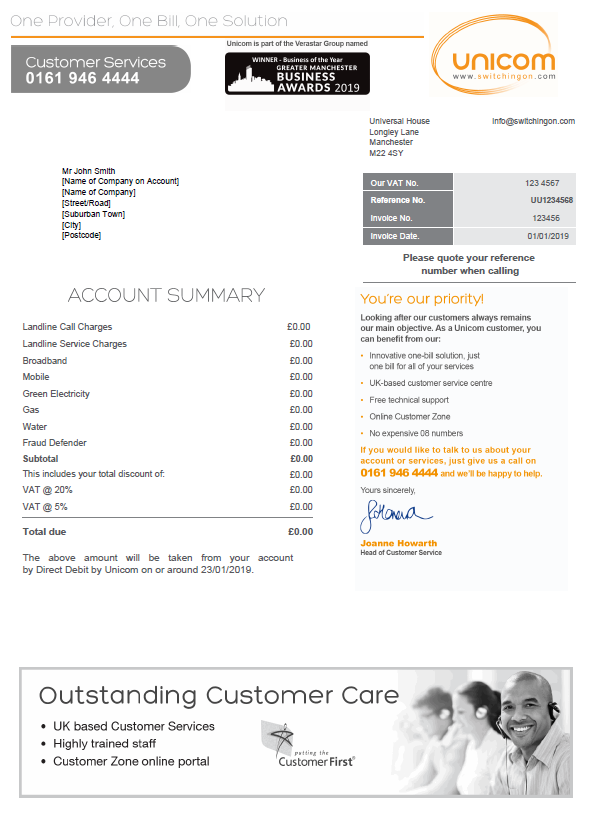

 We bill in arrears. This means customer’s line rental is charged monthly in advance. For new customers on your first bill, call charges will be shown part-month in arrears and line rental charges next month in advance. When you sign up for Customer Zone, you can see a full 12-month breakdown of invoices during your customer journey with us.
We bill in arrears. This means customer’s line rental is charged monthly in advance. For new customers on your first bill, call charges will be shown part-month in arrears and line rental charges next month in advance. When you sign up for Customer Zone, you can see a full 12-month breakdown of invoices during your customer journey with us. Unicom offers a range of mobile handsets. From basic to smart phones, existing customers can choose a Business Mobile that suits your business needs.
Unicom offers a range of mobile handsets. From basic to smart phones, existing customers can choose a Business Mobile that suits your business needs.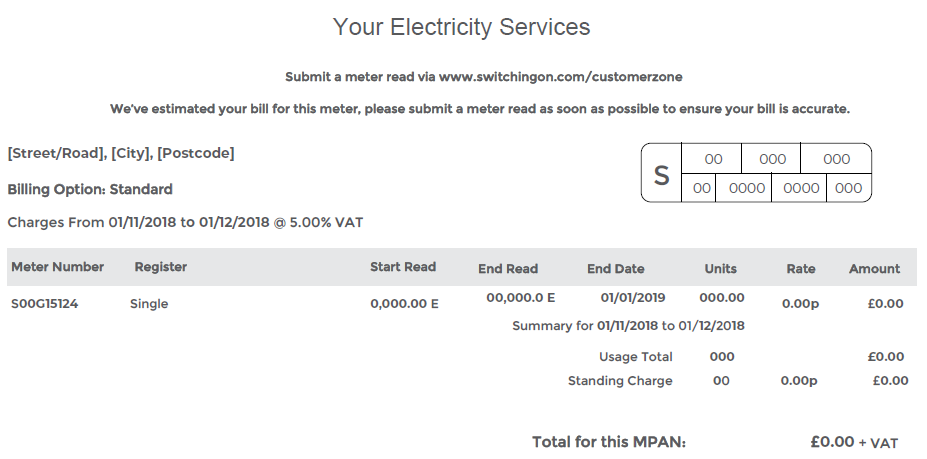 In case of emergencies, provided on your statement is contact information for your local Electricity distributor. This includes their name, telephone number, and address. In case of an emergency, you can also dial 105 to get through to someone if you do not have this to hand.
In case of emergencies, provided on your statement is contact information for your local Electricity distributor. This includes their name, telephone number, and address. In case of an emergency, you can also dial 105 to get through to someone if you do not have this to hand.
